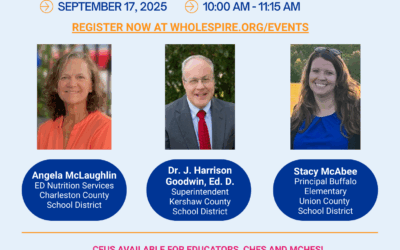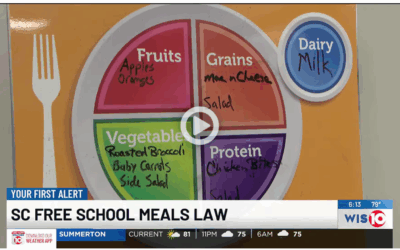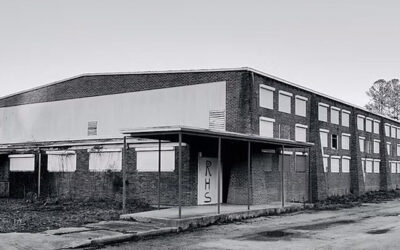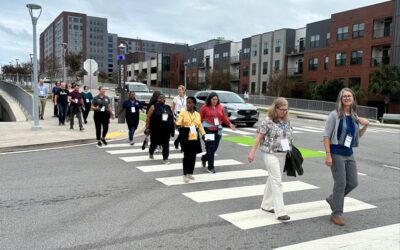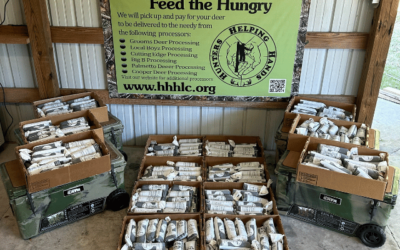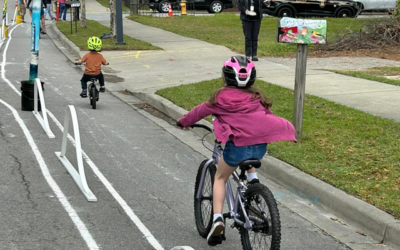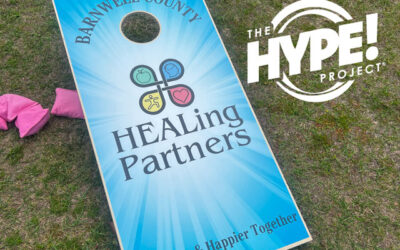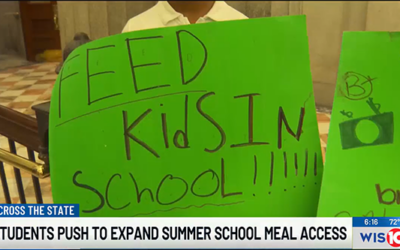Connecting Communities and Schools Webinar
Impact
New law will help SC students access free school meals
WIS TV Columbia
Ruffin School: A Historic Landmark’s New Future
Find out how a local non-profit is turning the old Ruffin School into a community center and using a HEAL Mini-Grant to revitalize the baseball field.
Increasing coordination of walkability and active transportation efforts in South Carolina
Statewide active transportation and mobility workshop encourages a unified, multi-sector approach to community design and improved health outcomes.
Deer hunters are bridging a food insecurity gap through donations
Lowcountry deer hunters are opening their hearts and donating venison to community food banks in an effort to address food insecurity.
Jumping Through Hoops: Navigating the Challenges of a HEAL Mini-Grant
Oakwood-Windsor Elementary School students have access water while enjoying recess. Sometimes, even the best plans run into unexpected challenges, especially during the procurement process. When your mini-grant project doesn’t go as planned, it can be discouraging,...
Walkability Efforts in South Carolina: Small Steps Matter
By Adrienne Patrick A pop-up bike lane demonstration in the Cayce-West Columbia, South Carolina arts district. Last summer, Wholespire, with support, guidance, and funding from the South Carolina Department of Public Health (formerly the SC Department of Health and...
Barnwell HYPE team helps low-income families and influences more improvements for public housing
According to the U.S. Census Bureau, 43 percent of children under the age of 18 in Barnwell County live below the poverty level. Because of their parents’ economic status, those children face more health disparities and inequities than others. For the majority of...
Students spend spring break at SC State House to highlight important cause to them
WIS TV Columbia

